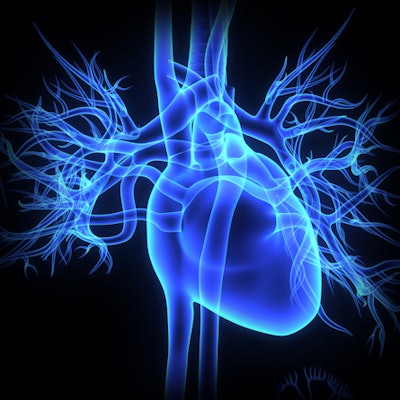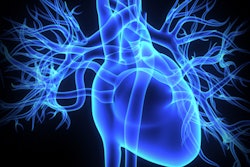
Many patients who have older implanted cardiac devices are not getting brain and spine MRI scans, even though recent studies have shown that MRI can be safely performed on people with these legacy devices. That's according to a new article published July 2 in JAMA Neurology.
Hospitals and imaging centers have been hesitant to perform MRI scans on patients with implanted devices such as pacemakers, implantable cardioverter defibrillators (ICDs), and cardiac resynchronization therapy devices unless the products have been granted conditional status for MRI access by the U.S. Food and Drug Administration (FDA). But recent clinical studies have shown that MRI scans can be performed safely even on patients with older implantable devices.
And it's a major issue, according to the article by Dr. Collin Culbertson and Dr. Carl Gold of the department of neurology and neurological sciences at Stanford University. In 2013, there were about 1 million people in the U.S. living with pacemakers and 400,000 with ICDs or cardiac resynchronization therapy defibrillators; data from cardiac device manufacturers show that 73% to 81% of all active implanted devices in the U.S. are not MRI-conditional.
Because MRI is such a valuable tool for brain and spine imaging, denying scans for patients with implanted devices can have a major impact on treatment for neurological conditions, Culbertson and Gold believe. While guidelines for the use of MRI in patients with legacy implanted devices have been published by groups such as the Heart Rhythm Society, these haven't necessarily been translated into policies at the institutional level, a step that's required before routine use of MRI for these patients can begin, they noted.
Culbertson and Gold believe that neurologists are the ideal physicians to spearhead the institutional adoption of these guidelines. Protocols should include steps such as prescan evaluation by radiology personnel, review of device suitability by cardiology specialists, and device programming and monitoring both before and after scans.
The authors believe that neurologists should collaborate with radiologists to make institutional scanning guidelines a reality, as well as to ensure that MRI is made available to all patients with legacy implanted devices who are eligible.
"Neurologists can work with radiology colleagues to develop disease-specific imaging protocols that minimize device downtime and artifact production and maximize the value of 1.5-tesla sequences," they wrote. "Within their institution or individual practice, neurologists can rigorously measure the association of MRI with patient outcomes to demonstrate benefit."



















